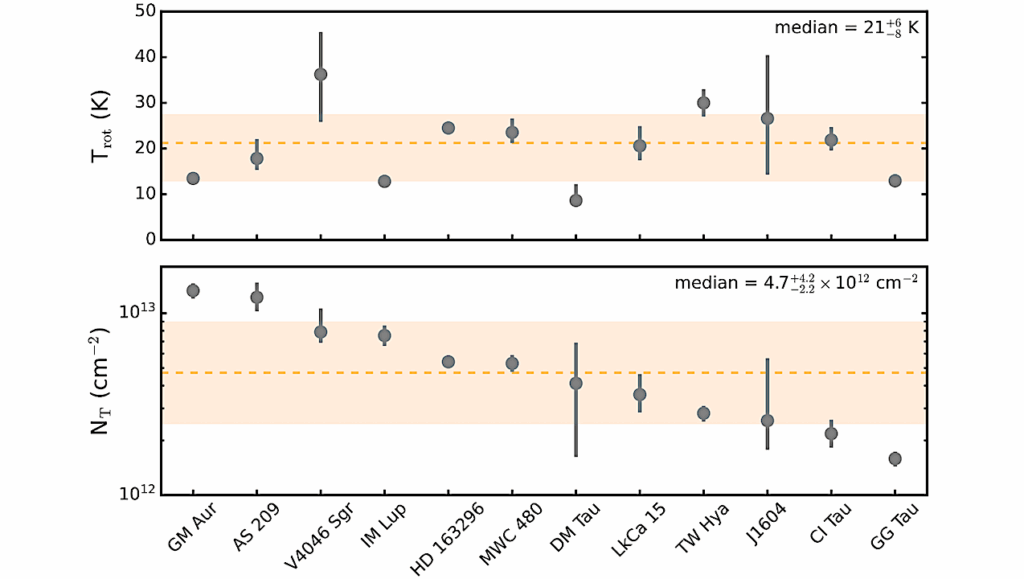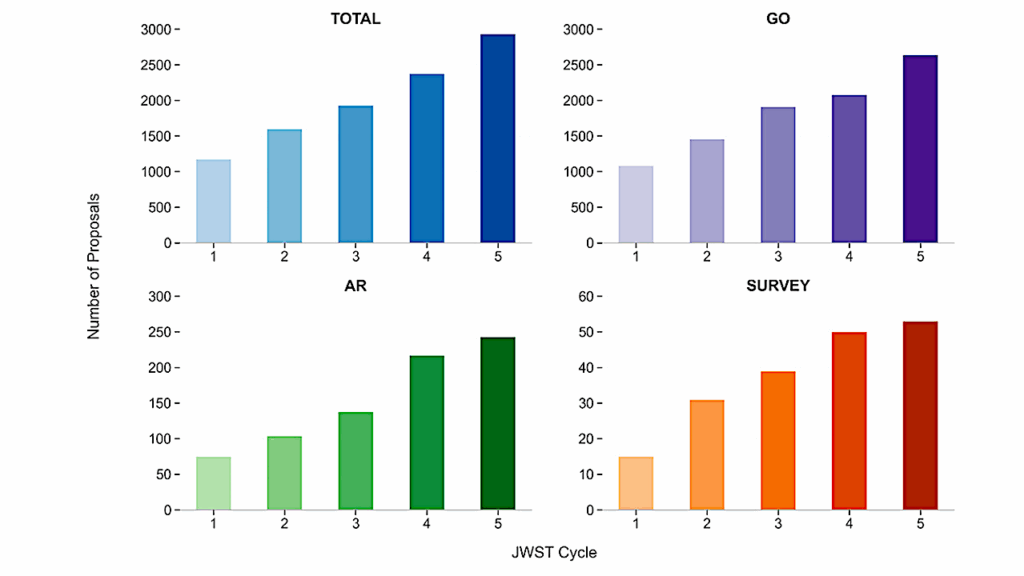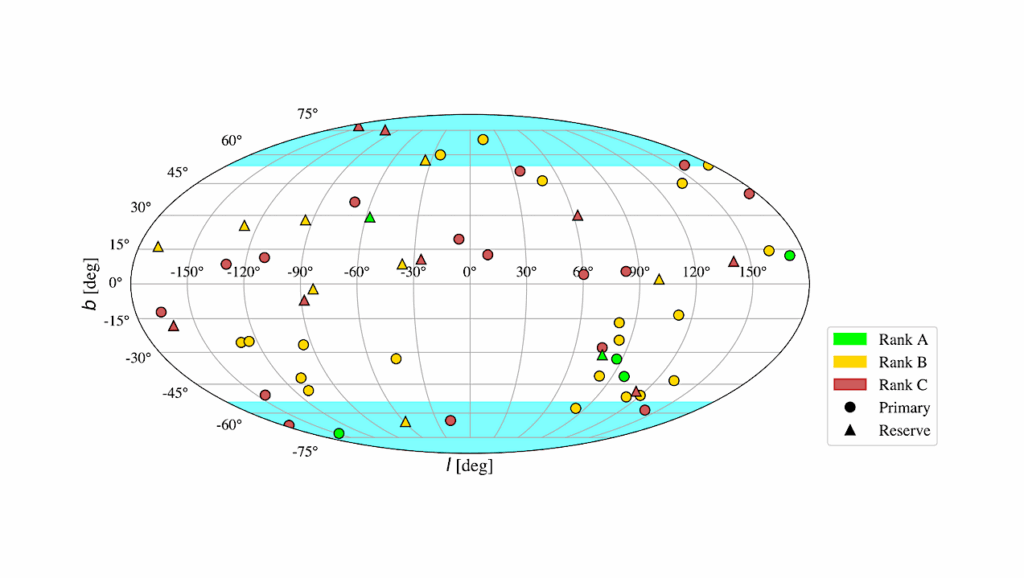Alkaline Exospheres of Exoplanet Systems: Evaporative Transmission Spectra

Hydrostatic equilibrium is an excellent approximation for the dense layers of planetary atmospheres where it has been canonically used to interpret transmission spectra of exoplanets.
Here we exploit the ability of high-resolution spectrographs to probe tenuous layers of sodium and potassium gas due to their formidable absorption cross-sections. We present an atmosphere-exosphere degeneracy between optically thick and optically thin mediums, raising the question of whether hydrostatic equilibrium is appropriate for Na I lines observed at exoplanets. To this end we simulate three non-hydrostatic, evaporative, density profiles: (i) escaping, (ii) exomoon, and (iii) torus to examine their imprint on an alkaline exosphere in transmission.
By analyzing an evaporative curve of growth we find that equivalent widths of WNaD2∼1−10 mA are naturally driven by evaporation rates ∼103−105 kg/s of pure atomic Na. To break the degeneracy between atmospheric and exospheric absorption, we suggest that if the line ratio is D2/D1≳1.2 the gas is optically thin on average and roughly indicating a non-hydrostatic structure of the atmosphere/exosphere. We show this is the case for Na I observations at hot Jupiters WASP-49b and HD189733b and also simulate their K I spectra. Lastly, motivated by the slew of metal detections at ultra-hot Jupiters, we suggest a toroidal atmosphere at WASP-76b and WASP-121b is consistent with the Na I data at present.
Andrea Gebek, Apurva V. Oza
Comments: 21 pages, 21 figures, submitted to MNRAS
Subjects: Earth and Planetary Astrophysics (astro-ph.EP)
Cite as: arXiv:2005.02536 [astro-ph.EP] (or arXiv:2005.02536v1 [astro-ph.EP] for this version)
Submission history
From: Andrea Gebek
[v1] Tue, 5 May 2020 23:36:12 UTC (2,718 KB)
https://arxiv.org/abs/2005.02536
Astrobiology








